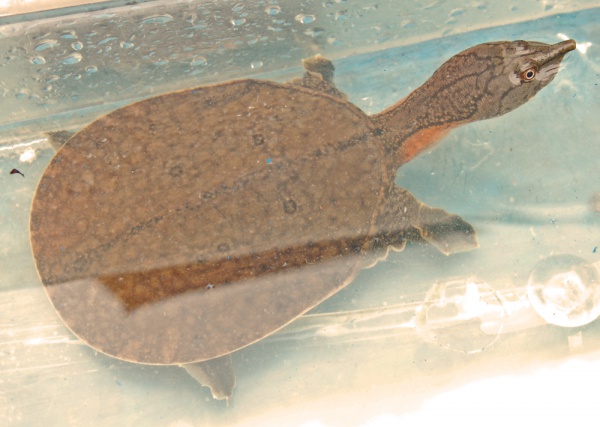Facts About Asian Giant Softshell
The New Guinea giant softshell turtle, scientifically known as *Pelochelys bibroni*, is a captivating species native to New Guinea. Locals refer to it as "kiya eise" in the Suki language and "sokrere" in the Arammba language. Unfortunately, this turtle is frequently hunted for its meat and eggs, which can result in chelonitoxism, a type of food poisoning.
These turtles prefer dwelling in lowland rivers and estuaries, where they primarily feast on fish, crabs, mollusks, and occasionally some vegetation. They are ambush predators, spending most of their time lying in wait at the river bottom, ready to snatch up unsuspecting prey. They typically reproduce in September, laying their eggs on riverbanks. Interestingly, some eggs are even found in crocodile nests, possibly as a strategic way to avoid predators.
The New Guinea giant softshell turtle is exclusively found in the southern part of New Guinea. It is one of the largest freshwater turtles, with some individuals reaching up to a meter in carapace length and weighing as much as 120 kilograms. Scientists believe that certain aspects of its diet may cause chelonitoxism in humans.
Despite being a threatened species, this turtle faces significant pressure from human activities. Locals hunt it for its meat and eggs, and sometimes use its carapace to make tribal masks. Its main natural predator is the saltwater crocodile. While there is no commercial hunting of this turtle, the anthropogenic threats it faces remain considerable.

 Mongolia
Mongolia